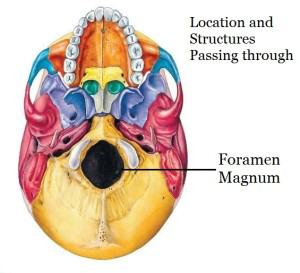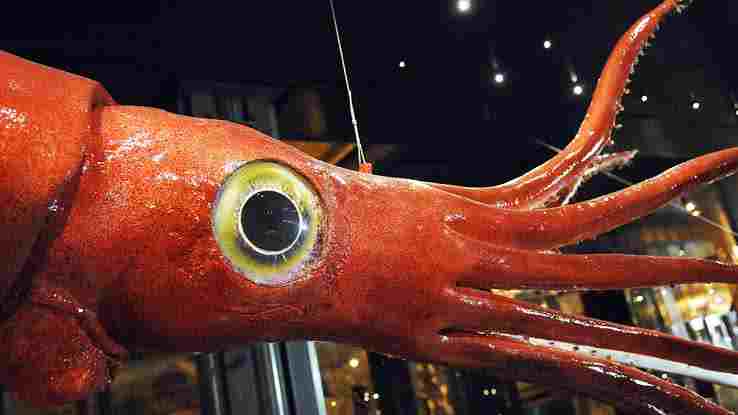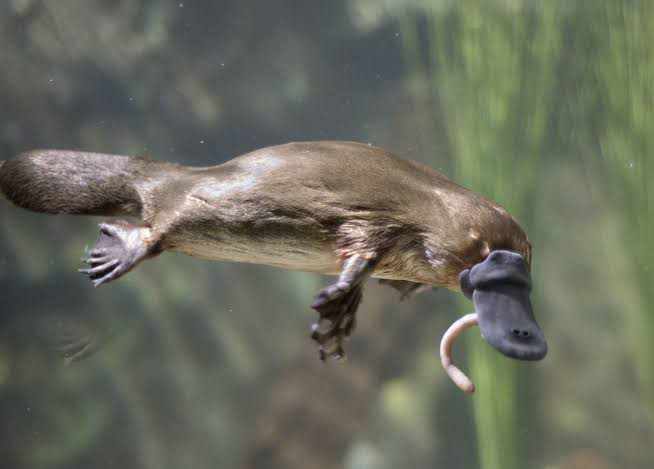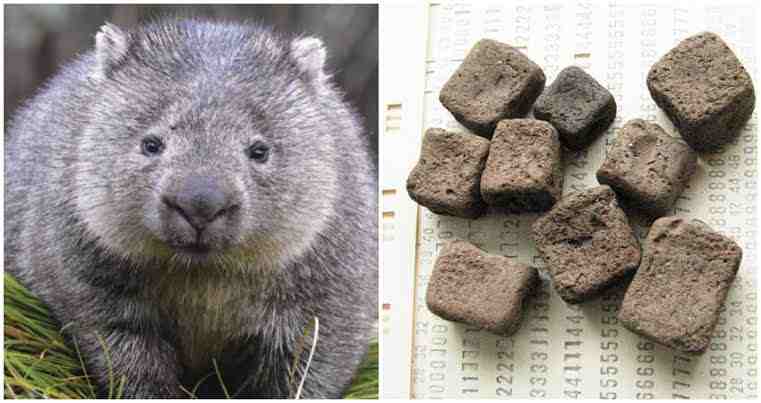 Alfred Ajibola
- Sat, 17th October, 2020 @ 10:56 AM
Alfred Ajibola
- Sat, 17th October, 2020 @ 10:56 AM
Topics in Biology
Cellular respiration in biology Len Academy biology mock questions for waec Len Academy biology midterm questions for SS1, 2nd Term Characteristics of saltwater habitat Aquatic habitat explained with its types Types of habitat: Terrestrial habitat explained with examples What is habitat? Difference between plant cell and animal cell Nucleus explained with its structures Nucleus explained with its types and functions Organelles of the cell explained with their characteristics Eukaryotic cell explained with its characteristics Prokaryotic cell explained with its structure Characteristics of prokaryotic cell Concept of cell Cell theory in biology Importance and limitations of ecological pyramid Protists explained with their characteristics Contents of the scrotum: Epididymis, vas deferens, spermatic cord and cremaster muscle Tropical savanna explained with its characteristicsAcademic Questions in Biology

From the above diagram, which of the organ below isn't a requirement for the male reproductive system?
A. Bladder
B. Ureter
C. Glans Penis
D. Testis
E. Bulbourethral Gland
F. Epididymis
A walnut shaped male accessory sex organ located between the bladder and penis is the _____.
A. Ductus Ejaculatorii
B. Bulbourethral Gland
C. Prostate Gland
D. Ductus Deferens
E. Seminal Vesicles
F. Epididymis
In a food chain, the primary consumers are classified under trophic level _____.
A. Zero
B. One
C. Two
D. Three
E. Four
F. Five
Cold blooded animals are referred to as _____.
A. Homeotherms
B. Endotherms
C. Poilokitherms
D. Ectotherms
E. Thermotherms
F. None of the above
All reptiles are vertebrates.
A. True
B. False
_____ cells are responsible for the formation of osteoblasts.
_____ is a bone that constitute the axial skeleton.
Which of the following is false concerning cartilages and bones?
The hindbrain, also referred to as rhombencephalon is one of the parts or divisions of the brain; the others being the forebrain and midbrain respectively.
Please read the introduction to the human brain here.
The immediate processes of survival (for instance, respiration, blood circulation and digestive functions) are coordinated by the hindbrain, specifically through the medulla oblongata, a part of the hindbrain.
Meanwhile, other involuntary (or autonomic processes ongoing in our body are also controlled by the medulla oblongata. Some of these include swallowing, digestion, vasodilation, vomiting, coughing and sneezing.
Please read on the uniqueness of man here.
The medulla oblongata (simply called the medulla) is seen at the lowermost portion of the brain (or brainstem) where it continues as the spinal cord inferiorly. For this reason, it becomes the primary point of connection between the Central Nervous System (CNS) and Peripheral Nervous System (PNS).
Below is an image showing the Medulla Oblongata:

The medulla merges with the spinal cord at the foramen magnum. The foramen magnum is an opening located at the base of the skull, marking the beginning of the spinal cord. It is shown below:

Superiorly, the medulla oblongata is connected to the midbrain via the pons. To this end, it plays a critical role in the transmission of nervous signals through the cerebrum (superiorly) and the spinal cord (inferiorly).
Please read on the forebrain and cerebrum here.
The medulla comprises of both myelinated white matter and unmyelinated gray matter intermingled together, thus giving rise to a network of interconnected neuronal clusters within the brainstem.
You can attempt Len Academy questions on various subjects here.
The following anatomical features are keys to help us identity the medulla oblongata:

Olive (Olivary body): The olivary body is a pair of oval structures present on the surface of the medulla oblongata. It contains numerous nerve fibers that connect the medulla to the pons and cerebellum respectively.
Median fissures (Midline Fissures): The median fissures are shallow grooves found on the anterior and posterior parts of the medulla. The posterior median fissure is referred to as the posterior median sulcus and it commences from the end of the fourth ventricle, continuing down into the sulcus of the spinal cord. The fissure (shallow grove) present on the anterior side is simply referred to as the median fissure. It is continuous with the median sulcus of the spinal cord.
Pyramids: These are two round masses of nerve fibers located on either side of the median fissure. They connect the medulla to the cerebrum, pons and spinal cord respectively. The pyramid are comprised of about one million nerves which crosses themselves in a process termed decussation of the pyramids.
You can read on the midbrain and its division here.
The medulla oblongata is divided into 2 main portions. These are:
The frontal portion (called the ventral medulla). It contains a pair of structures called pyramids (as explained above).
The backward portion is termed the dorsal medulla. It is this dorsal medulla that forms the dorsal region of the fourth ventricle.
Note: In anatomical terms, ventral means (in front or anterior) and dorsal means (rear or back or posterior).
Think of the fourth ventricle as a fluid filled space surrounded by white matter on the outside and gray matter on the inside.
The image below shows the fourth ventricle:

Recall that we have 12 cranial nerves exiting the brain, connecting to different parts of the body. It is noteworthy that the dorsal medulla gives origin to the last 7 seven cranial nerves. Below is a list of all the cranial nerves:
Olfactory nerve
Optic nerve
Oculomotor nerve
Trochlear nerve
Trigeminal nerve
Abducens nerve
Facial nerve
Vestibulocochlear nerve
Glossopharyngeal nerve
Vagus nerve
Accessory nerve
Hypoglossal nerve
You can read on homeostasis here.
The medulla oblongata is vital for human survival. Injuries related to it may lead to the following:
Respiratory difficulties.
Partial paralysis of the opposite side of the body.
Partial paralysis to the tongue.
Inability to feel the stimulus of touch, temperature and pain.
Difficulty in vomiting and swallowing.
Difficulty in coughing and sneezing.
Worthy of note is the cerebellum which is another part of the hindbrain. It plays a major role in the body's voluntary movement (especially posture). It accounts for about 10% of the brain's size and comprises of two cerebellar hemispheres separated by a structure called the vermis.
Please read more on the cerebellum here.
Kindly share this article via the links below:

Please click here to contact Alfred if you require any of the following services:
If you need a standard website at an affordable price.
Online training on the academic subjects: biology, chemistry and basic science.
If you require an advanced smart school management system (web application) for your school.
Click here to read on Len Academy Smart School Software.
Please click here to follow Len Academy on Google News.
Amazing facts in Biology
Russia is home to the largest area of forest in our world with a land mass of 815 million hectares

Giant squid lives deep in the ocean and they have the largest eyes in the world
The movements of the fingers are controlled by muscles of the palms and forehands

Platypus (sometimes referred to as the duck-billed platypus) is an egg-laying, semiaquatic mammal found in eastern Australia. It has no stomach and as such, its food goes from the mouth through the esophagus and directly to their intestines.

Pufferfish contain a toxin called tetrodotoxin. This makes them foul tasting and poisonous to predators. Tetrodotoxin is about 1,200 times more poisonous than cyanide, and there is enough toxin in one pufferfish to kill 30 adult humans. Unfortunately, there isn't any known antidote to this poison.
Interestingly, a delicacy in Japan (called fugu) is made from pufferfish. This meal is very expensive, and must be prepared by trained and licensed chefs. An improper preparation of fugu may lead to the customer's death. Sadly, such deaths are recorded annually

Wombats are the only animal with a cube-shaped poo. They can stack up these cube-shaped poo, marking their territory with it

Robert Wadlow (1918–1940) remains the tallest man ever recorded in the Guinness World Records. He was an American who stood at 8 feet, 11 inches.
An abnormally enlarged pituitary gland had resulted into Robert Wadlow's giant size.
Cockroach is the fastest land animal on six legs

Like humans, all apes laugh when tickled

An ostrich's eye is bigger than its brain
Notable points in Biology

An artery is composed of three layers:
The outermost layer is termed tunica adventitia (or tunica external). It consist mainly of collagen fibres and connective tissues that anchors the arteries to other nearby tissues.
The middle layer is named tunica media. It is made up of smooth muscles and elastic fibres that supports the artery in conveying blood at high pressures.
The inner layer is called tunica intima (or tunica internal). It is lined by a smooth tissue called endothelium, and is made up of a fine network of connective tissues.
All living organisms possess various features in order to survive in their environment. This is the concept of adaptation. As an instance, a fish is able to live in water because it has gills and fins.
Also, a camel is able to survive in the desert because it has large feet to aid walking on sand without sinking. It also has long eyelashes to help protect it from the blowing sand and wind.
Plants are also able to live in different habitats because they have the required adaptive features towards that habitat. For instance:
Plants that live in/on water are termed hydrophytes.
Plants that live on land with moderate amount of water are termed mesophytes.
Plants that live on deserts or arid lands are termed xerophytes.
The point is:
All organisms have various features on them that enables them adapt in their habitat
For a thing to be considered living, it must possess all the basic characteristics of life. These include:
Movement
Respiration
Nutrition
Irritability or Sensitivity
Growth
Excretion
Reproduction
Death
Adaptation
Competition
Please read the explanations on all the basic characteristics of life here
During strenuous exercises like sprinting or running, your body may actually work in the shortage of oxygen. During this time, your body owes oxygen (called oxygen debt) and it must be replenished or repayed after the exercise is stopped. This is why you breathe excess of oxygen after you stopped the exercise.
This is the concept of anaerobic respiration

A food chain is a diagram that shows the relationship between plants and animals within a habitat on the basis of how they rely on each other for food.
Note: Habitat is a place where an organism live. It is of three types: